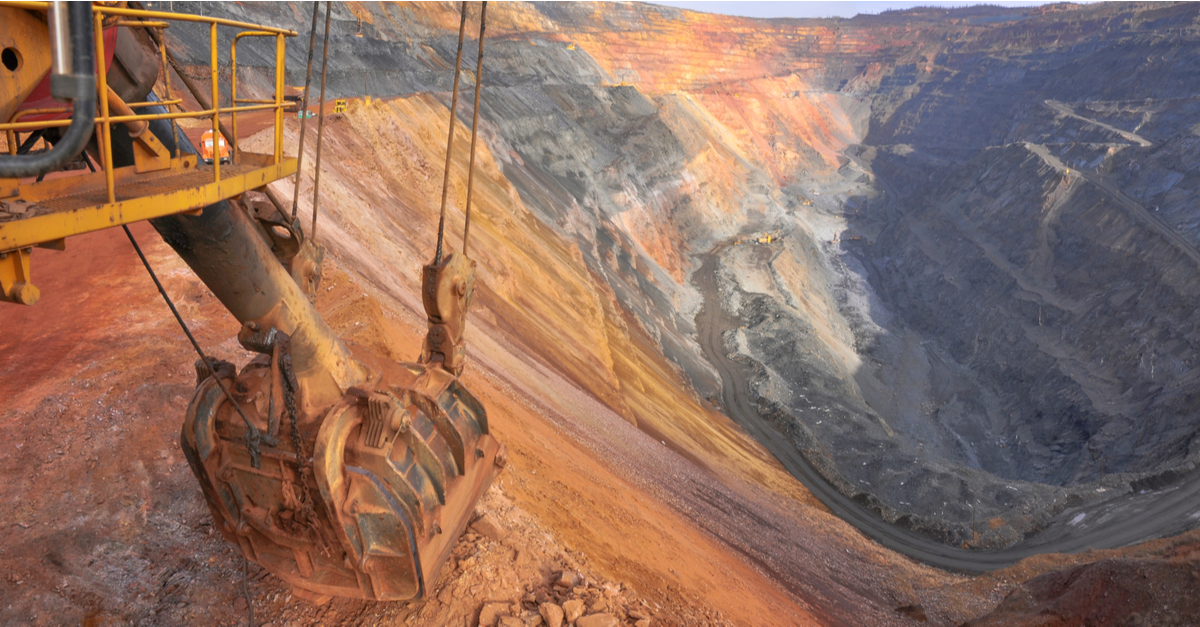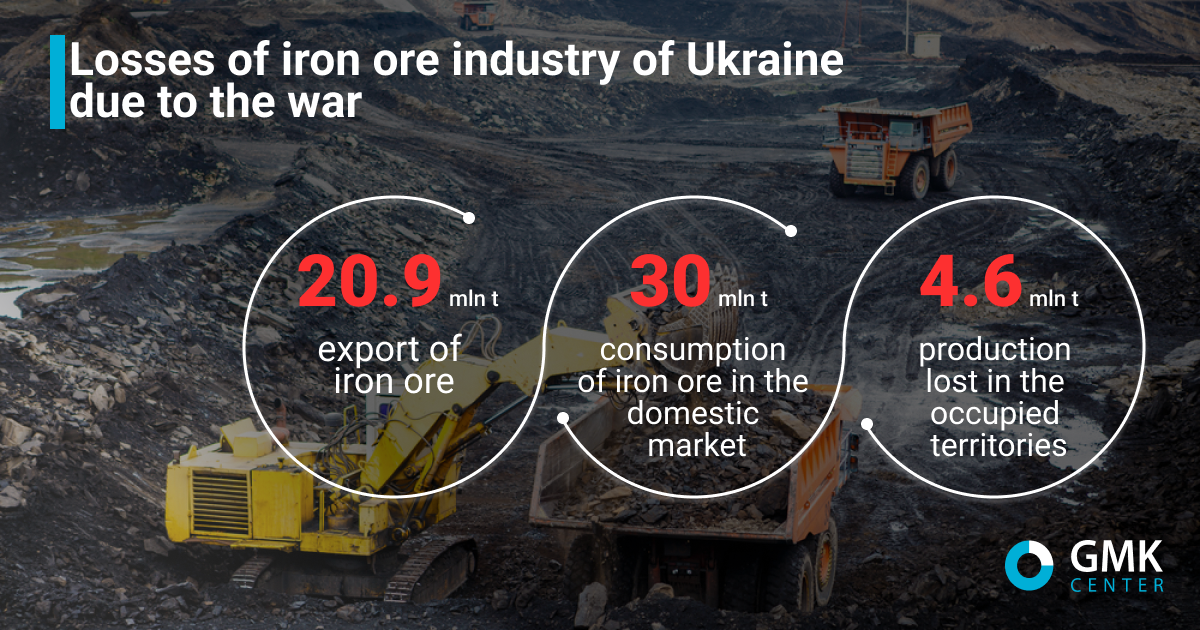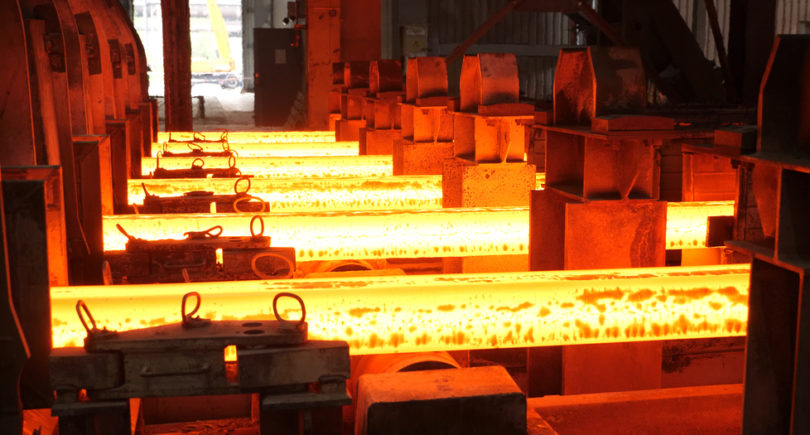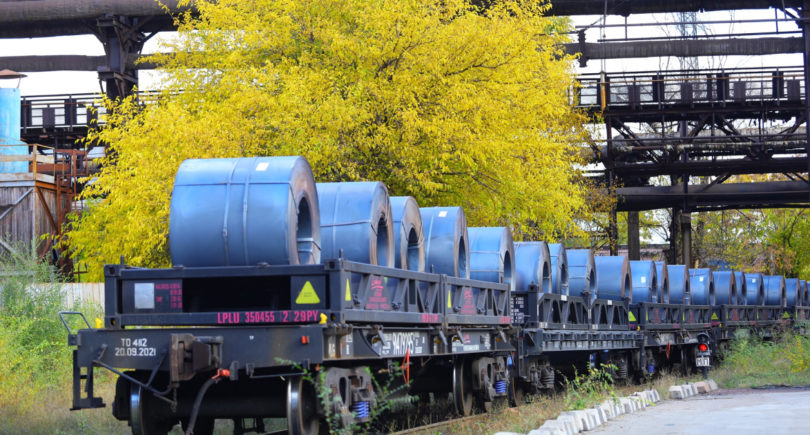
Only complex solutions will help to increase supplies to both the domestic and foreign markets
Before the war, Ukraine’s mining industry included 11 enterprises that produced 84 million tons of iron ore (concentrate, pellets, sinter ore) and employed more than 60,000 people. But the war changed the situation significantly. Ukraine lost control of Zaporizhzhia Iron Ore Plant. Other iron ore enterprises were forced to significantly reduce production or even shut down.
In 2022, ten operating iron ore mines in the government-controlled area produced 30 million tons of iron ore in total. These enterprises employed more than 55,000 people last year. That is, despite a two-thirds reduction in production, mining and beneficiation plants retained most of their employees, paying them regular salaries and providing additional support.
In 2023, the situation in the industry continues to deteriorate. In the first half of the year, iron ore production at the enterprise level decreased by 30-50% y/y. Mining and beneficiation plants are operating at an average of 30-40% of capacity.
Reducing production negatively impacts on exports and tax revenues to the state budget. In particular, in 9 months of 2023, 13 million tons of iron ore were exported, and by the end of the year, this indicator may reach 17 million tons. This is almost 30% less than a year ago.
In 2023, the state expects to receive $95 million in rent payments for iron ore mining. This is 65% less than in 2022. But taking into account other taxes and fees paid by iron ore enterprises, the total tax losses will exceed $530 million.
The difficult situation in Ukraine’s iron ore sector is due to several factors, most of which are directly related to the war.
First, the blockade of Ukrainian ports in the Black Sea made it impossible to export to traditional markets such as China and the Middle East and North Africa (MENA). The suspension of supplies to China resulted in the loss of 19.1 million tons of iron ore exports. The absence of supplies to MENA countries means a loss of 1.8 million tons of exports.
Secondly, Ukraine lost two large steel plants in Mariupol, and those enterprises that continue to operate in the government-controlled area have reduced their pig iron and steel production. Accordingly, domestic consumption of iron ore has decreased by almost 30 million tons per year (compared to pre-war levels).
Thirdly, the EU market is almost the only remaining export destination for domestic producers, and they are facing significant competition from other suppliers, including Russia. Rising transportation costs for Ukrainian producers have worsened their competitive position. In 2022, European producers imported 12.9 million tons of iron ore from Ukraine, while another 98.0 million tons were imported from other sources. In particular, the EU imported 2.8 million tons of iron ore from Russia.
Fourthly, depressed sentiment currently dominates on the European market due to increased risks in the economy caused by the European Central Bank’s interest rate hike. EU steel production in 9M of 2023 decreased by 9.1% year-on-year. Accordingly, the state of the European market does not allow us to hope for an increase in iron ore supplies.
Fifth, back in June 2022, Ukraine lost control of the Zaporizhzhia Iron Ore Plant, which was seized by Russian military forces. In 2021, this enterprise produced 4.6 million tons of sinter ore. In August 2022, the plant began shipping ore to steelmakers in the uncontrolled territories of Donetsk and Luhansk oblasts. The occupation administration has set a goal of increasing iron ore production at the plant to 3 million tons in 2023 and 5 million tons in 2025.

Iron ore industry has faced problems that it had not faced before. Therefore, there is obviously no simple solution that would improve the situation. Let’s look at scenarios that would help increase the utilization of iron ore plants, which in turn would have a positive impact on the Ukrainian economy as a whole:
- Increase in domestic demand for steel, and accordingly, iron ore. It can be achieved through investments in infrastructure rehabilitation, creation of new industrial enterprises with the participation of foreign investors, and localization of production of some components at existing enterprises. The biggest deterrent to the active implementation of this scenario is the military action.
- Unblocking the full operation of sea ports. This would increase exports, in particular by expanding the list of potential markets. This option would require government involvement in terms of providing security guarantees and a risk insurance mechanism to encourage shipowners to call at Ukrainian ports even in wartime. As of today, the elaborated supply corridor from Ukrainian Black Sea ports cannot significantly change the situation, given the cost of insurance and other problems.
- Improvement of railway logistics with the EU. This course of action could rise exports by increasing the capacity of border crossings. Although it should be noted that nothing has been done in this direction in the past year and a half. Given the complication of logistics schemes and the increase in transportation costs, it is necessary to look for options to curb the growth of railway tariffs in Ukraine in order to at least in this way support the competitiveness of Ukrainian producers in foreign markets.
- Introduction of sanctions on the supply of iron ore from Russia. If the European Commission makes such a decision, it is likely that Ukrainian producers will be able to increase exports of iron ore products to replace Russian supplies.
- Growth in the consumption of Ukrainian iron ore in the EU – may occur due to the fact that European steel companies will prefer to purchase iron ore from Ukraine. The realization of this scenario directly depends on increasing logistics capacities for exports from Ukraine, as this is currently a constraint.
Exports to the EU could also be boosted by European steel mills working together with Ukrainian iron ore producers as part of vertical integration. This option could have taken place if the Hungarian government had allowed Metinvest Holding to acquire Dunaferr. If Dunaferr were to become part of Metinvest, Ukraine could increase its iron ore exports by 1.2 million tons per year (assuming that Dunaferr would operate only one blast furnace, as the second one is out of commission). If the second blast furnace were to resume operation, iron ore exports would increase by 2.4 million tons per year. Such exports is comparable to the annual production of one mining and beneficiation plant (or two, if we are talking about small enterprises).
The current problems of the iron ore industry require comprehensive solutions that will help increase the utilization of Ukrainian enterprises. That is, certain successes in increasing sales must be accompanied by measures to improve logistics capacities to ensure exports from Ukraine, primarily to the European Union, which has remained the main trading partner since the beginning of the war.
In the steel sector, Ukraine and the EU became partners even before the war, as Ukrainian iron ore enterprises were traditional suppliers to European steel mills. In the context of the green transition, this cooperation will deepen, as European plants need raw materials for the production of direct reduced iron (DRI), and Ukrainian enterprises can supply these raw materials. However, the practical realization of such cooperation requires conditions that will facilitate the export of Ukrainian products.




